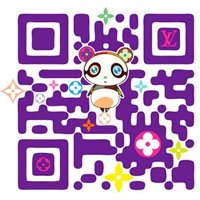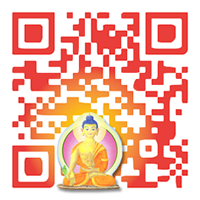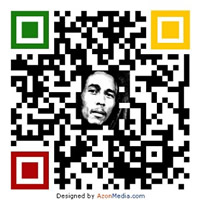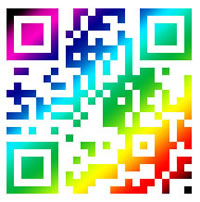 It’s only a matter of time before someone has a cool looking QR code tattooed to their eyelid.
It’s only a matter of time before someone has a cool looking QR code tattooed to their eyelid.
A QR or Quick Response code is a two-dimensional matrix that looks like a scrambled barcode, and behaves much like one, with one important difference. The QR code exhibits a rather high level of tolerance for errors. Some have reported that up to 20-30 percent of the QR code can be selectively altered without affecting its ability to be scanned correctly. Try scanning a regular barcode that has some lines missing or has been altered and your scanner is likely to give you a warning beep. The QR code however still scans correctly even if specific areas are missing or changed. This is important because a QR code does not require a high-end, dedicated barcode scanner for it to be scanned, and therefore also makes it suitable for outdoor use.
A QR code can be scanned, actually photographed, with a regular smartphone (or other device) equipped with a camera and QR code reading app. This makes it possible for QR codes to take up residence anywhere, not just on product packages, and scanned by anyone with a smartphone. In fact you may have seen QR codes displayed on street corners, posters, doors, billboards, websites, vehicles and magazines.
Of course, once you snap a picture of a code, your smartphone app will deliver more details about the object on which the QR code resides. For instance, take a picture of a code placed on a billboard advertising a new BMW model, and you’ll be linked to the BMW website with special promotions for your region. QR codes not only link to websites, but also can be used to send pre-defined text messages, provide further textual information, and deliver location maps.
Since parts of a QR code can be changed without reducing its ability to be scanned correctly, artists and designers now have the leeway to customize the matrix with some creative results.
Some favorites below.
[div]Images courtesy of Duncan Robertson, BBC; Louis Vuitton, SET; Ayara Thai Cuisine Restaurant.[end-div]






